Sightseeing in Budapest
Sightseeing in Budapest
Castle Quarter and royal palace
 |
Due to its protected setting on a hillside, and its access to the river King Béla IV built a castle here after the Tartar invasion 1247. One of the symbols of the nation, the palace has witnessed wars and occupation from the 13th to the 20th century. It was destroyed three times and then rebuilt, each time in the architectural style of the age. The palace was last rebuild in a neo-Classical style following the Second World War. The view from the terrace is spectacular. It boasts three churches, six museums, many historical buildings, monuments, streets and squares, a theater, hotels, atmospheric restaurants, cafés, galleries and gift shops. |
parliament
| The largest building in the country and the permanent site of the national assembly sits on the Danube embankment with its entrance looking out over Kossuth Square. The neo-Gothic building is the work of architect Imre Steindl, and was constructed between 1884-1902. The domed structre was inspired by the British House of Parliament. During the People's Republic of Hungary a red star perched on the top of the dome. Mátyás Szűrös declared the Hungarian Republic from the balcony facing Kossuth Lajos Square on 23 October 1989. The Hungarian coronation regalia can be seen here as well. | 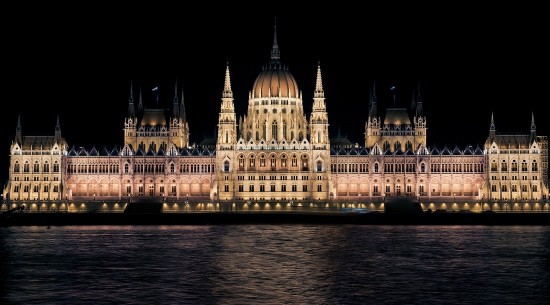 |
Heroes’ Square
 |
The most spectacular square in the capital, Heroes’ Square is located at the entrance to City Park. The striking colonnades feature statues of significant Hungarian leaders through the ages. The square was built for the celebration of the Hungarian Millennium in 1896. The magnificent buildings of the Palace of Arts and the Museum of Fine Arts to the right and left of the monument enhance the architectural beauty of the square. Near Heroes' Square you can also find the Budapest Zoo and the Széchenyi Bath. |
Andrássy avenue
| This beautiful, two-and-a-half kilometer long avenue was constructed at the end of the last century almost simultaneously from both ends; the resulting row of buildings, mainly neo-Renaissance and neo-Baroque, give an impression of unity. Today’s Andrassy is lined with fashionable shops and restaurants west Oktogon Square, and fine apartments and homes east of Oktogon Square. It was recognised as World Heritage Site in 2002. At the end of the Avenue you can find the Heroes's Square. |
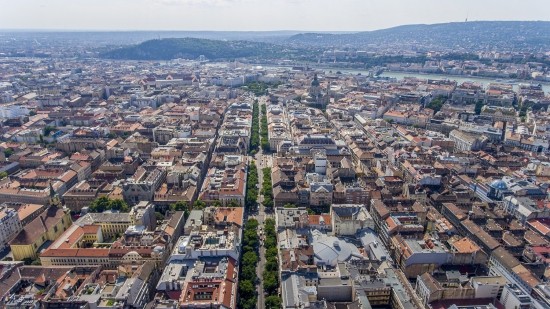 |
Margaret Island
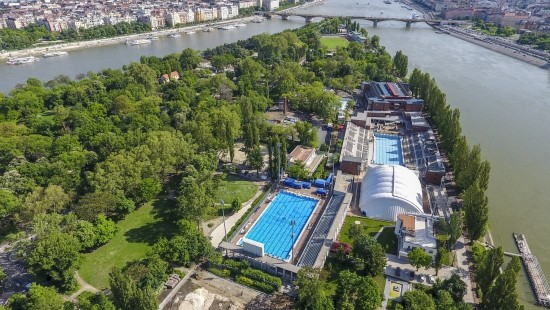 |
The island is 2.5 km long and 500 m wide. It serves as a huge park in the heart of the city. The island features two swimming facilities, two hotels, a jogging path, several gardens, and the ruins of a convent, a petting zoo, a sports facility, and much more.
|
Source: magyarepitok.hu
Great Synagogue
| Built in a Byzantine-Moorish style and completed in 1859, this synagogue is the largest in Europe. It can accommodate up to 3000 worshipers. Its magnificent interior features a variety of valuable decorative fittings. Also inside is a Jewish Heritage museum inside. Behind the Synagogue is a Holocaust Memorial which was partly funded by Hungarian-American actor, Tony Curtis. | 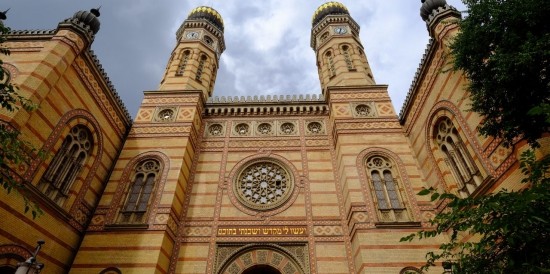 |
Source: gardenista.hu
Thermal Baths
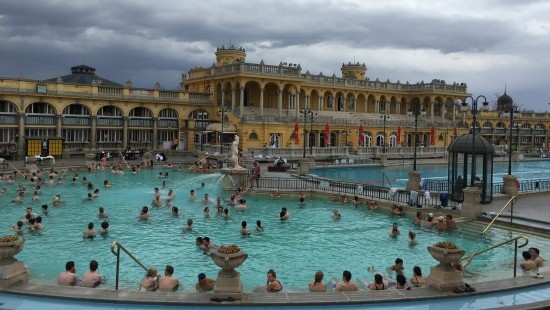 |
Hungary is famously rich in medicinal and thermal waters. The first baths were built by the Romans when the land that is now Hungary was the Pannonia Provincial of the Roman Empire. In Budapest, a variety of natural hot springs pour out 80 million liters of richly mineralized water every day. In fact, there is no large settlement in Hungary that does not have thermal baths. |
